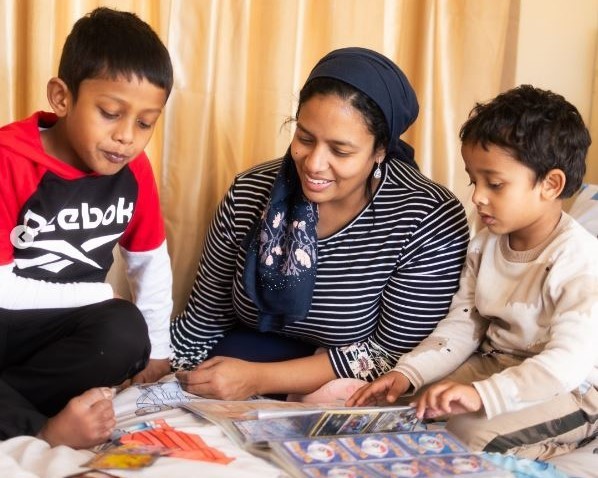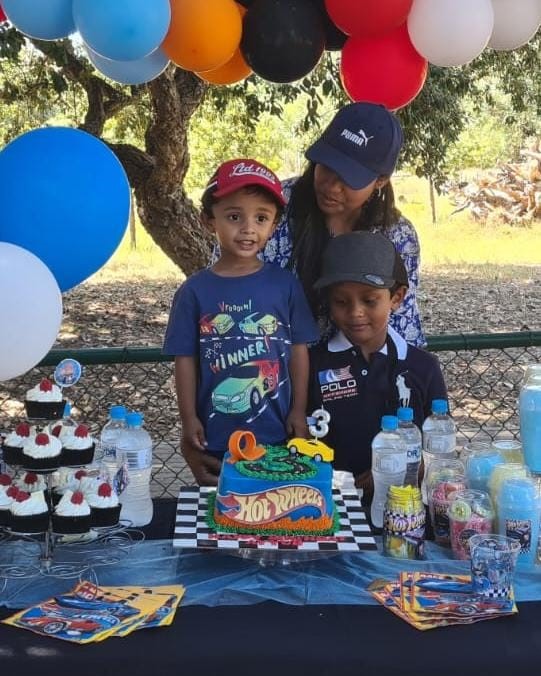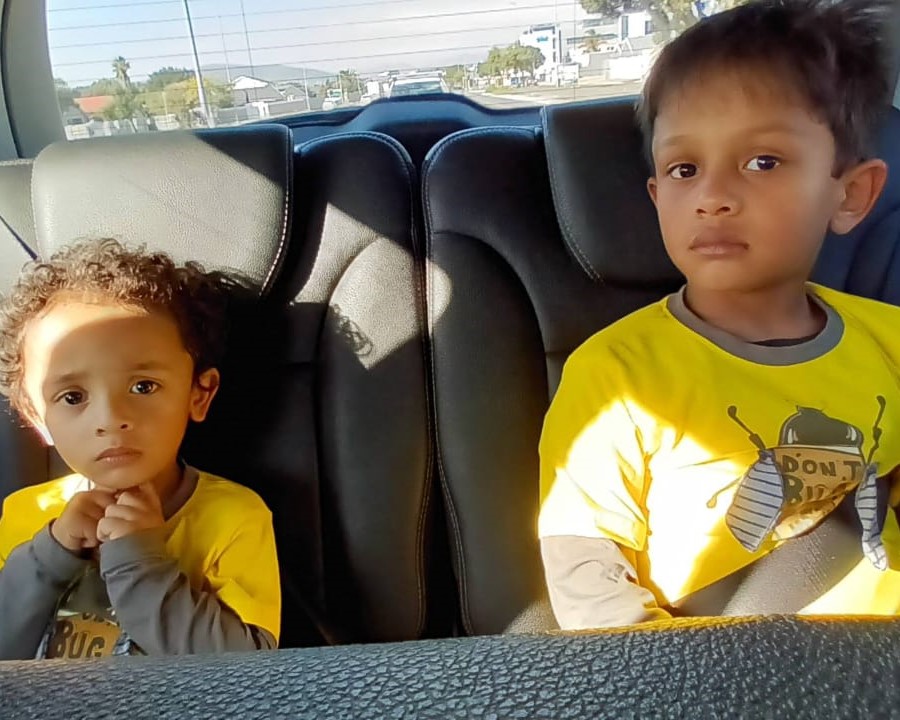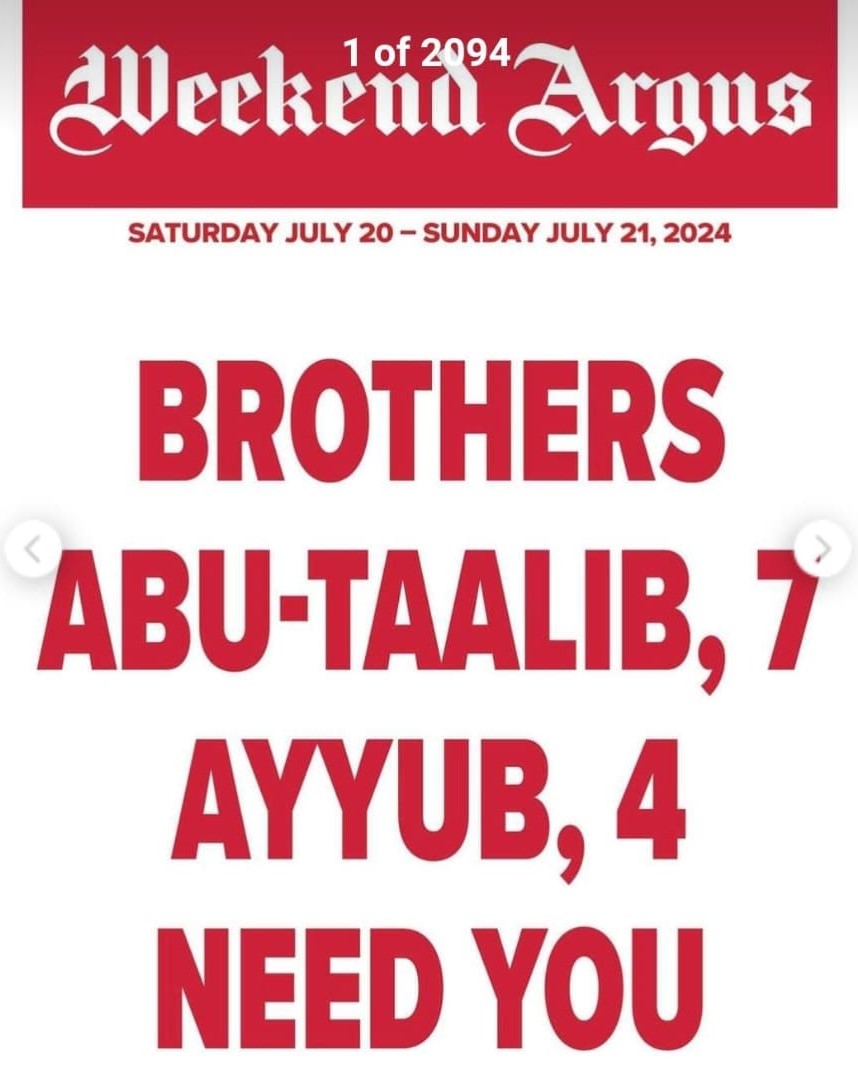The Brothers



7-year-old Abu-Taalib’s health took a turn for the worse after a minor accident led to a trip to the ER. After his karate class, he accidentally walked into a pole. Though he seemed fine initially, his mother, Bibi, noticed signs of a concussion. A CT scan revealed inflammation, and further tests showed he had Adrenoleukodystrophy (ALD).
Since ALD is a genetic disorder, Ayyub, the younger brother, was also tested. Tragically, he was diagnosed with the same condition. “The news was heartbreaking,” shared their mother, Bibi. “Finding out that Ayyub had the same condition made it even more difficult to digest because it removed the possibility of Ayyub being Abu-Taalib’s potential match. We had to raise awareness and find a way to locate a matching donor.”
Abu-Taalib dreams of becoming a lawyer, inspired by his late father, who passed away during the COVID-19 pandemic. Meanwhile, Ayyub is a vibrant 4-year-old who loves art and toy cars.
With their father gone and the rarity of their condition reducing the pool of potential donors, their only hope lies in finding a match from a perfect stranger - and that perfect stranger could be you.
What the hype is all about regarding the boys?
Abu-Taalib who is 7 and his little brother Ayuub aged 4 were diagnosed in June 2024 with Adrenoleukodystrophy (ALD). It is a neurological condition that results from abnormalities in the membrane that insulates nerve cells in your brain. There is no cure for this disease. This disease causes the nerves in your brain to no longer work properly, and with the progression of the disease it affects a person's physical and mental abilities. Functions such as reasoning, speech and mobility are lost. Eventually, they become completely dependent, the life prognosis from the onset of the disease is 5-10 years.
How are the boys now and where are they at medically?
Abu-Taalib is displaying symptoms, and his MRI reflects the disease quite notably. With Ayyub, he must go often for MRIs for monitoring because the disease is present but he does not have neurological damage. As mentioned before there is no cure but there is a way to stop this disease from spreading in Abu-Taalib and Ayyub and this is through a stem cell transplant, commonly known as bone marrow transplant. Finding a match for them is 1:100 000 chance so we need to get as many people registered as donors to increase their chances of getting a match. The boys went for tissue testing earlier in July and once their results are back the screening for a match will commence.
How do they get tested or diagnosed with the disease?
A blood test is the initial screening done to see whether you have the disease. They test the levels of the very long-chain fatty acids (VLCFAs) in your blood, if it is high, it is a key indicator of adrenoleukodystrophy. The MRI indicates whether the disease is active and how far it has affected your brain.
View the original Weekend Argus article here

